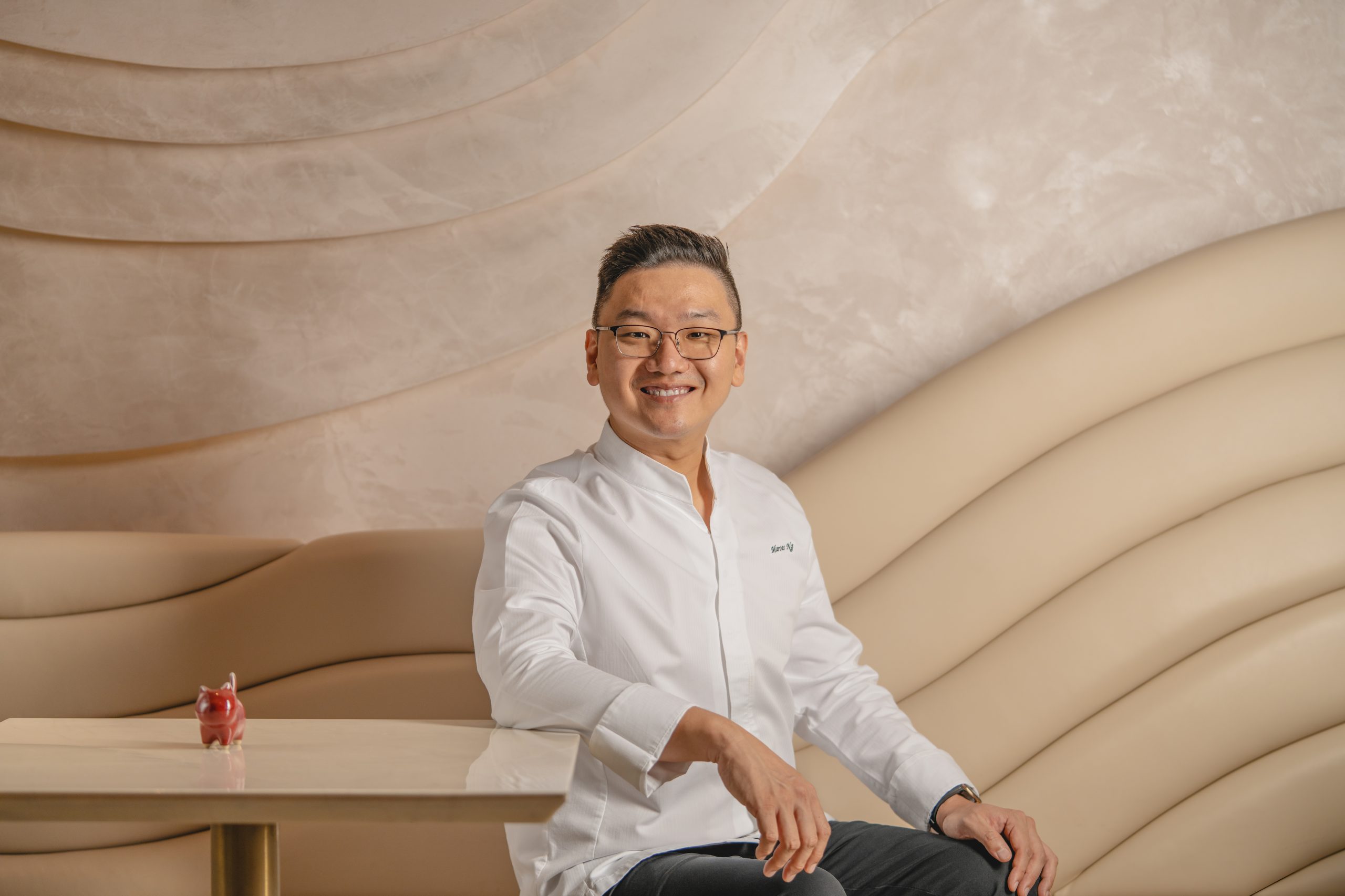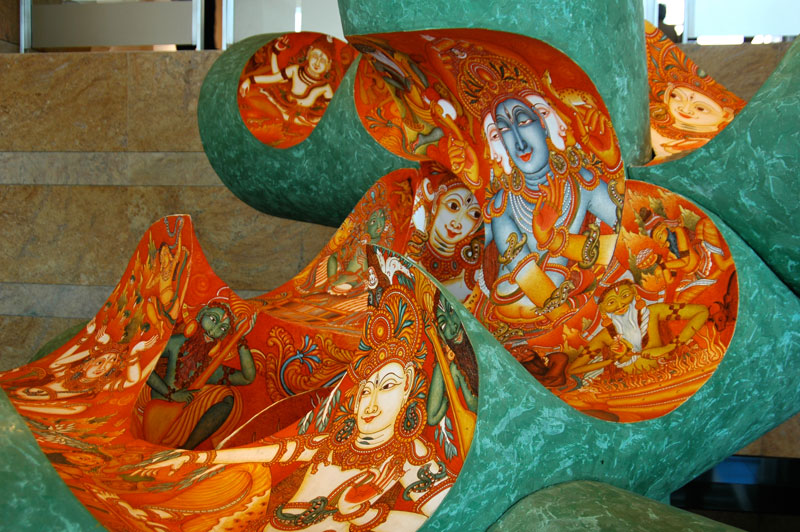By the time Chef Marvas sits down to talk, he’s already dismantled three local food myths, compared the merits of mantou and vadai, and explained why bitter gourd deserves a second chance. Bringing the flavours of his Singapore-based Path restaurant to town, his energy is quick, unfiltered, and deeply rooted in one thing — food that’s alive with memory, place, and instinct. At the warmly ambient Zen, at The Leela Palace Bangalore, we discover what modern Chinese cuisine means to him.
He didn’t grow up dreaming of Michelin stars or plating techniques. His culinary awakening came from an unlikely source: a Korean drama. “Watching those food scenes pulled me into the kitchen,” he laughs. “Once I began cooking, I realised I truly enjoyed the process — every step, every detail.”
Growing up on Singapore’s coastline, seafood was more than a delicacy; it was part of everyday life. Fresh prawns, whole fish, and shellfish were always on the table, a habit inherited from grandparents who hailed from the coastal Chinese cities of Fujian and Chao Shan.
He describes his culinary philosophy in three words — fresh, delicious, impromptu — and that sense of spontaneity runs through his cooking. His style, often called progressive Chinese cuisine, defies neat labels. “Flavours that feel familiar, yet new,” he says. “I’m not strictly traditional, but I’m not chasing innovation for its own sake either. I reinterpret Chinese dishes with a modern approach.”
In frame: Chef Marvas.
Some ingredients are constant companions in Marvas’s kitchen: fermented black beans, yam, and salted beans. Others, like bitter gourd, he has grown to love over time. But his muse is always the ingredient itself. “That’s where the inspiration begins,” he says.
It’s an approach that shaped his recent Bangalore pop-up — his first in India. “I’ve always wondered how our cuisine would be received here, and Bangalore felt like the perfect place to find out.” True to form, he incorporated local touches into the menu, swapping out deep-fried mantou for vadai in his signature Shanghainese hairy crab dish.
Menus at his pop-ups tend to shift on instinct, balancing two goals: showcasing Singaporean flavours and championing the best of what the host city offers. One standout in Bangalore was a hamachi dish with Hainanese sauce, a recipe born from a happy accident during his time in China and Hong Kong. “We had leftover chicken rice marinade and decided to try it with raw fish,” he recalls. “It worked so well, I knew it had to become a real dish.”
His creative process is as iterative as it is intuitive: a memory sparks an idea, he tests it, rethinks it, cooks it for regulars, rethinks again, sources the right ingredients, and cooks once more before committing it to the menu.
That patience and persistence carried him through one of his most challenging projects — turning a non–F&B tourist spot into a working restaurant during COVID, with no proper kitchen and strict regulations. “It taught me to try everything before saying no,” he says. “That pop-up ended up being my most successful.”
Travel is his biggest source of inspiration outside work — seeing how other cultures handle familiar ingredients feeds his curiosity. At the end of a long day, his comfort food is humble fishball noodles. If he weren’t a chef? “I’d be farming or fishing,” he says without hesitation.
Looking ahead, Marvas is planning a series of pop-ups across Asia, with Yunnan in China high on his exploration list. “It’s a mountain region famous for mushrooms and forgotten vegetables,” he says, eyes lighting up. The long-term goal is clear: to dive deeper into Chinese heritage ingredients and reinterpret them through his own lens.
Fresh, delicious, impromptu — and always evolving. That’s Chef Marvas’s recipe, wherever he goes.
Words by Jackie Pinto.






